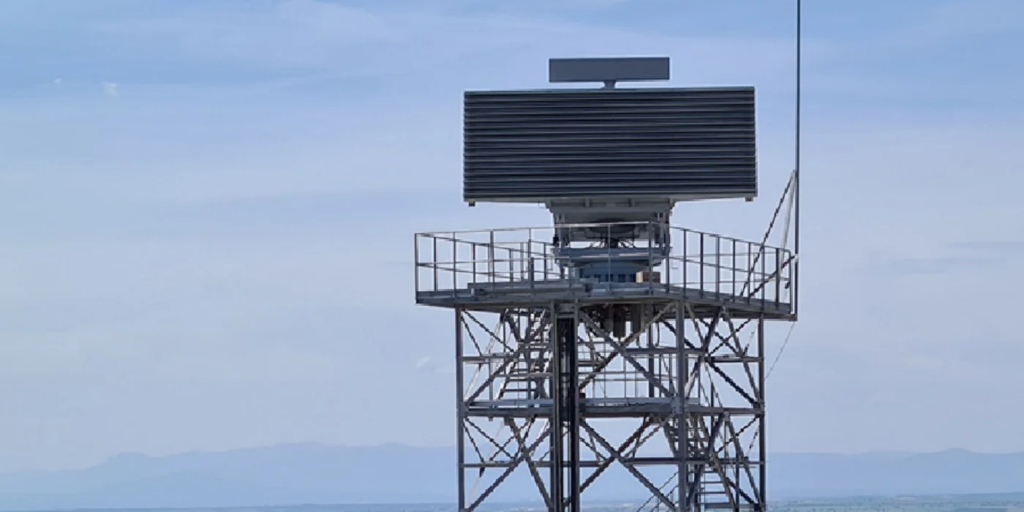Indra deployed the first of 23 Lanza-N radars for Indian Navy ships during the next decade.
3D radar system OEM is a Madrid-based tech business. GlobalData Defence expert Tushar Mangure said the Kolkata-class and Visakhapatnam-class destroyers would have Lanza radars to replace the ELM-2248 MF-STAR and RAWL-02/LW-08 radars.
In 2020, Indra and TATA Advanced Systems struck a technology transfer agreement.
Indra modified the Lanza-N radar from the Spanish ship Juan Carlos I to meet Indian regulations. The Indian Ocean adaptations provide optimal performance in high humidity and intense heat.
Lanza radars are multi-scenario, multi-threat adaptive. The radar meets Nato technological standards and anticipates future threats.

The Lanza-N’s 3D main surveillance radar covers 254 nautical miles. Despite clutter, the radar identifies airplanes. Surveillance radar targets contain 3D altitude.
India’s Lanza-N plans
lobalData intelligence says the Indian Navy wants to integrate the radar further.
The Nilgiri-class frigates, now under construction, might use the Lanza-N radar system.
“These radars may be installed on the Navy’s Project-18 Next-Generation Destroyer. Mangure adds that the navy’s Maritime Capability Perspective Plan (MCPP) prioritizes boosting naval systems’ capabilities above fleet size.
The Indian Ministry of Defence reports 150 ships and submarines. India shifts its approach from platforms to capabilities.
Current naval strategy is this. The Indian navy’s Niligiri-class frigates, the US Navy’s littoral warfare ships, and the UK Royal Navy’s Indo-Pacific patrol boats HMS Spey and HMS Tamar are examples of faster, cheaper shipbuilding.

